Difference Between Beanie and Toque What Are They and How to Tell?

A beanie is a knit cap with a short or no brim, which is a lot like a toque. And yes, a toque is a type of beanie. It's considered to be somewhat thicker and warmer because toques are most often made with insulating wool. Beanies, by contrast, are usually more breathable and lightweight in design because they're made with synthetic.
I found out the difference between a Beanie and a Toque so YOU don't have to! YouTube

Winter wardrobe staples like toques come in a variety of cozy fabrics, ranging from classic wool to modern acrylic and fleece. Wool toques are warm and durable, while acrylic toques are more affordable and come in a wider range of colors. Fleece toques are also warm and lightweight, making them an excellent option for outdoor activities.
Difference Between a Beanie and a Hat Realm

The main differences between toques and beanies are toques typically have pom-poms and are slightly larger than beanies. Also, toques are generally made of thick wool and similar materials, whereas a beanie is somewhat lighter and is made of cotton, acrylic, wool, or fleece. However, the two words are sometimes used interchangeably, depending.
Difference Between a Beanie and a Hat Realm
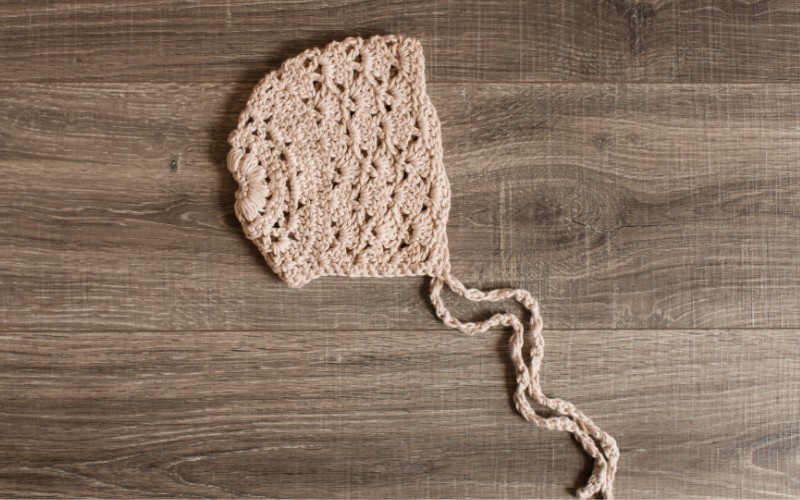
Difference Between Toque and Beanie. ADVERTISEMENT. Compare with Definitions. Toque. A toque ( or ) is a type of hat with a narrow brim or no brim at all.Toques were popular from the 13th to the 16th century in Europe, especially France. The mode was revived in the 1930s. Beanie.
The Difference Between Beanies and Toques Delusion MFG

It is very clear that "toque" and " beanie " do not mean the same thing. Instead, a beanie can be categorized as a toque. After all, it is a hat with no brim, thus it fits the definition. But besides that, if it's a Canadian and an American person talking about then beanies and toques are likely trying to say the same thing.
Tag Generations Beanie Babies Rare beanie babies, Beanie babies value, Beanie baby collectors

Toque Hat vs Beanie. When it comes to winter headwear, the toque hat is often compared to the beanie. While both styles are designed to keep your head warm, there are some key differences to consider. Toque hats are typically made from thicker materials and are often designed to fit more loosely on the head, allowing for a more casual, slouchy.
Beanie vs Toque What Are The Differences?

The main difference between toque and beanie. Toques and beanies differ in size, purpose, materials they are made from, and how they are worn. i. Size. Beanies are usually a bit smaller than toques, which mostly have pom-poms. ii. Material. Most beanie hats are made from acrylic-synthetic fibers.
Difference Between Beanie and

Regional Differences. One exception to the toque vs beanie rule is regional differences. In Canada, for example, the word "toque" is commonly used to refer to any type of knitted hat, regardless of the style or material. In the United States, however, "beanie" is often used to describe a knitted cap with a brim or visor, while "toque.
Difference between a Toque and a Beanie? Love this Gem Beanie from Grey Hat, Grey

It is more of a broad category than a specific hat style. Although this depends on where you live, people can sometimes use the words interchangeably. If you're in Canada, a "toque" is the equivalent of what the US calls a "beanie." A beanie, by definition, is a small, close-fitted hat worn off the back of the head.
Unisex Men Women Roblox Rainbow Friends Beanie Hats Winter Warm Knitted Hat Skull Ski Cap
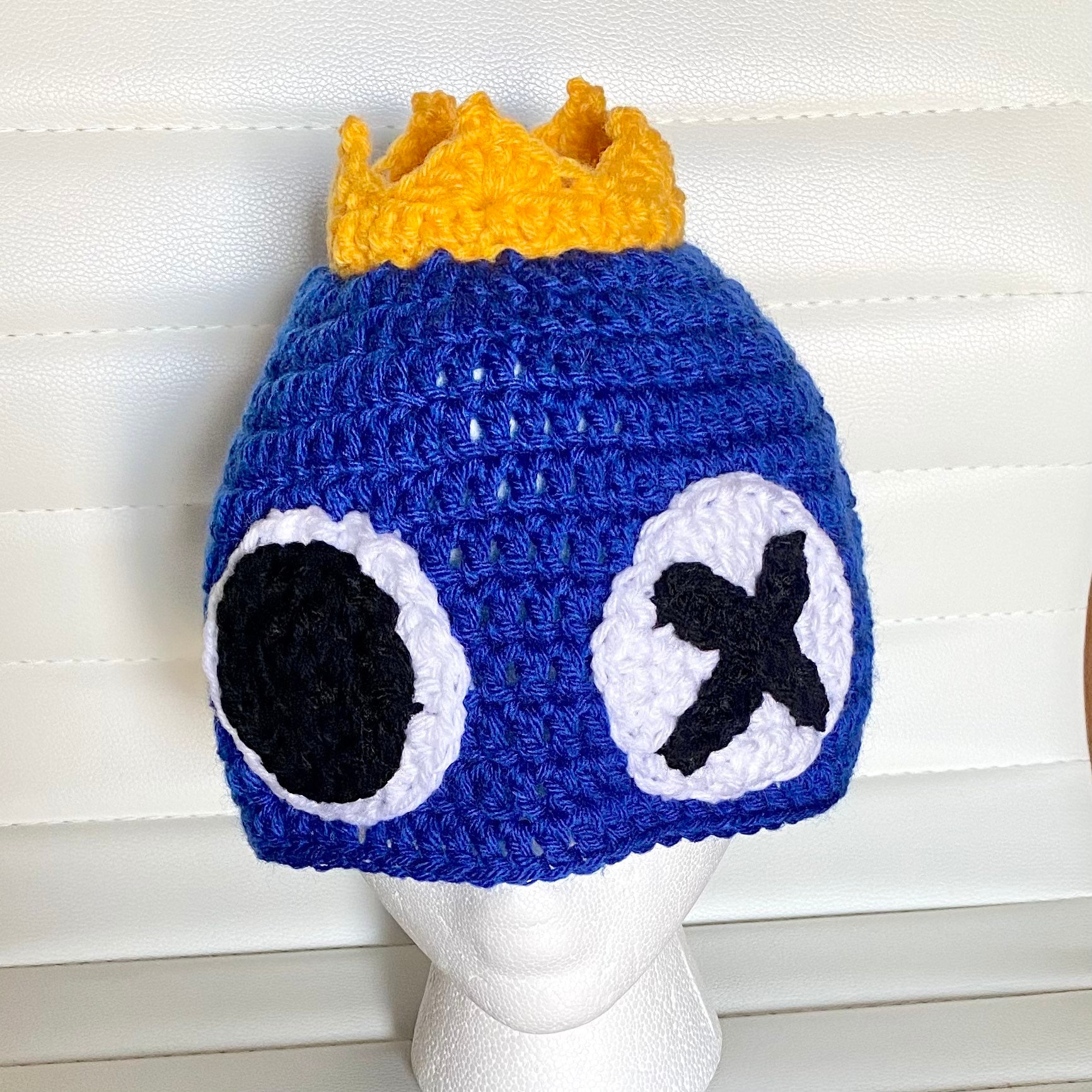
Key Differences. While beanies and toques are similar winter knit hats, there are a few key differences: A beanie sits closely on the crown of the head while a toque also covers the forehead, ears, and back of the head. A toque has a folded up brim while a beanie does not have a brim. Beanies stretch to fit snugly on the head while toques are.
Difference Between Beanies, Toque, Watch Cap, Skull Cap, And Knitted Cap

The classic woolly hat goes by an assortment of local names. It turns out that in New Zealand, the United Kingdom and Australia, the term "beanie" is normally applied to a wool knit hat and it's interchangeable with a Tuque, Touque and Toque in Canada and parts of the US. Touque, Toque and Tuque is in fact the same wool hat as a Beanie with.
Toque Pronunciation Difference Between a Toque and a Beanie Toques From The Heart

In the US, a toque-style hat is more popularly known as a "beanie." Urban legend says it comes from the word bean having been used as a slang term for "head." Essentially, there is no real difference between a toque and a beanie!
Difference Between Beanies, Toque, Watch Cap, Skull Cap, And Knitted Cap
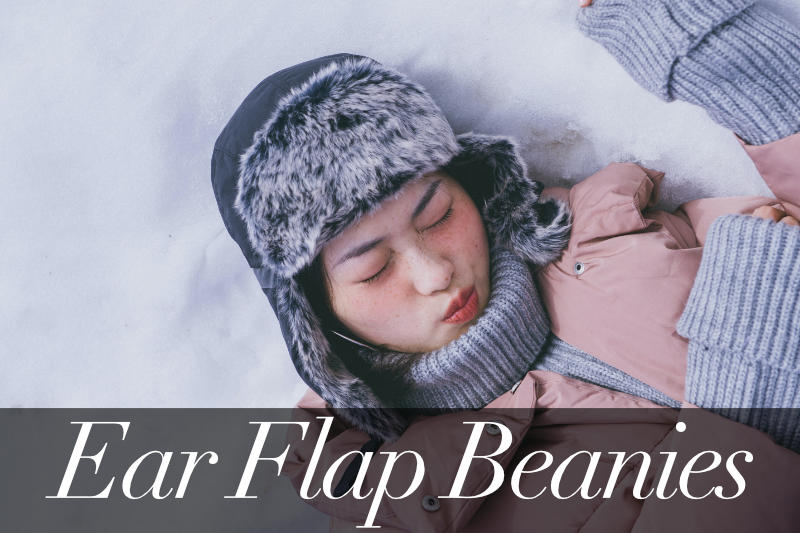
And both can be worn in winter months. Differences - Watch Cap Vs. Beanie: Watch cap usually comes straight on the back while Beanie comes with a dropped shape on the back and a modern oversize look. Beanie is more suitable with both a daily outfit and a western outfit, the beanie is ideal for any time and place.
Beanie, Toboggan, Tuque, Toque and Touque Are they the same wool hat? — WELAN
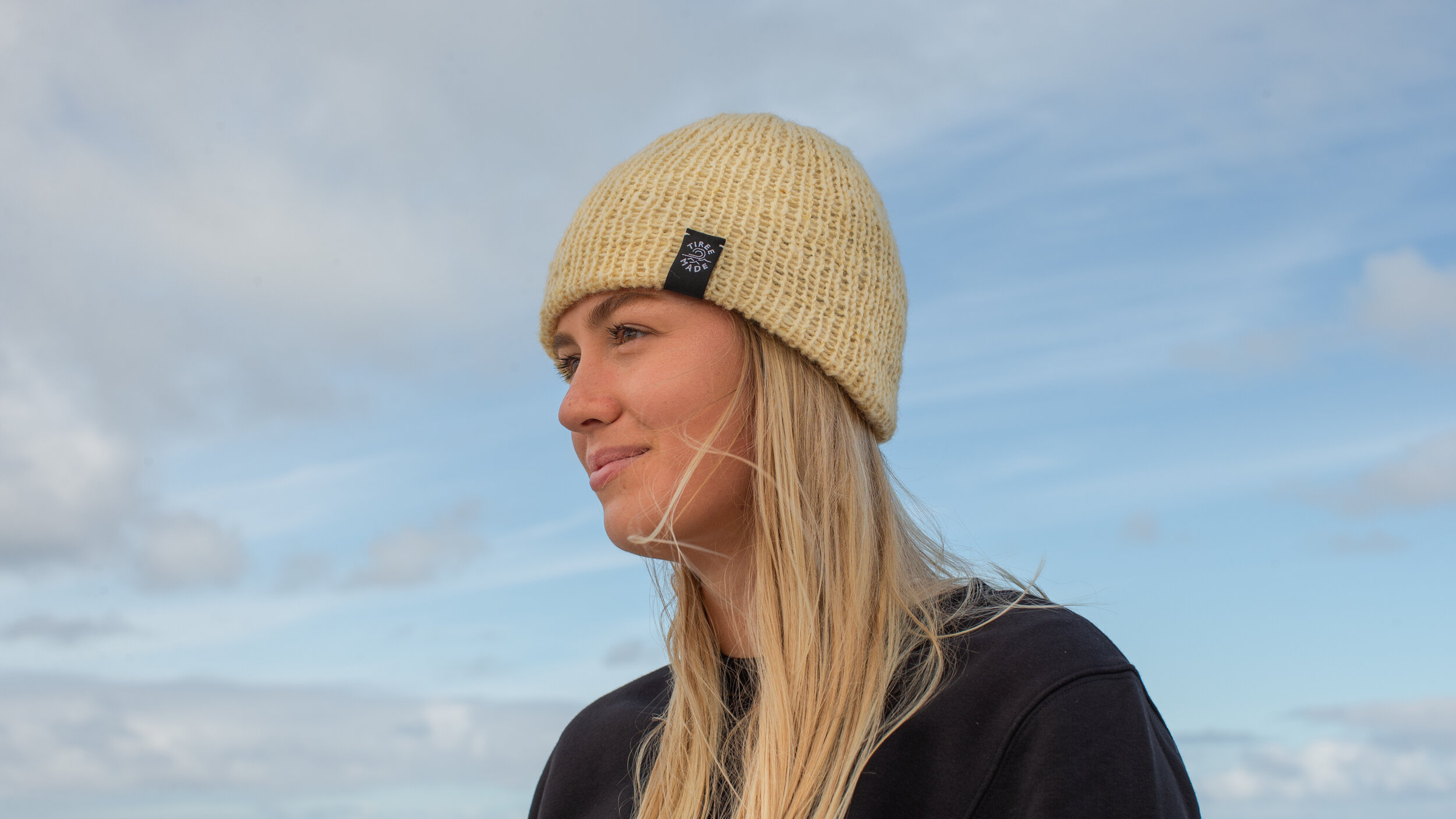
THE TOQUE . All other hat types considered, this is easily the most popular style year round. Toques are almost everyone's favorite choice, especially in less than tropic conditions. Sure, a toque may not keep the sun out of your eyes the way a baseball style hat would, but a merino wool toque WILL protect you from harmful UV rays.
Toque Pronunciation Difference Between a Toque and a Beanie Toques From The Heart

Synonyms. As nouns the difference between toque and beanie is that toque is a type of hat with no brim or toque can be (canada) a knitted hat, usually conical but of varying shape, often woollen, and sometimes topped by a pom-pom or tassel while beanie is.
Legacy Beanie Toque 94 Collection Etsy UK
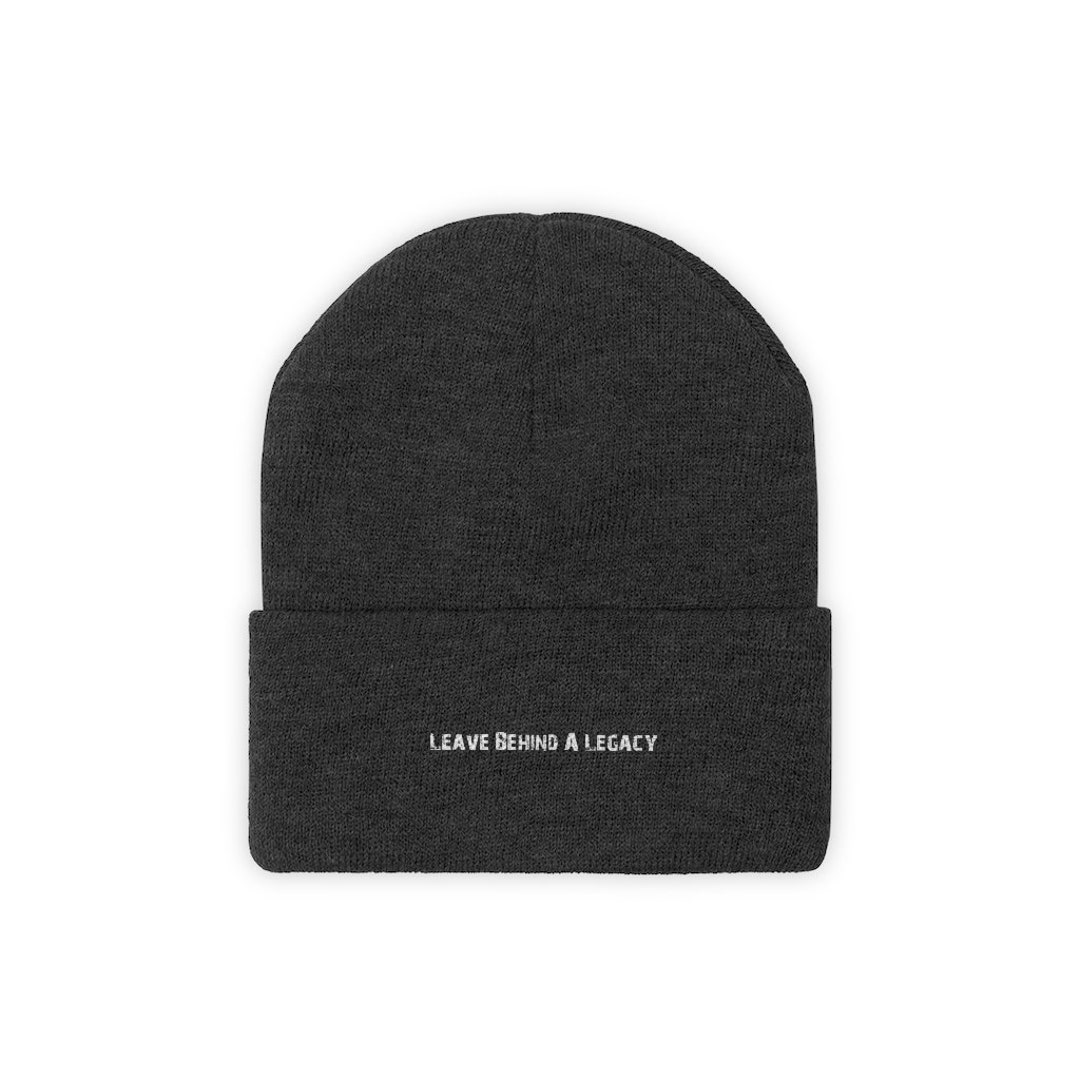
A tuque, also known as a beanie or knit cap, is a type of hat made from wool or acrylic yarn. It is typically worn in cold weather to keep the head and ears warm. The tuque is a popular accessory in Canada and is often associated with Canadian culture.. Be aware of the differences between tuque and toque, and use the correct term depending.
.

